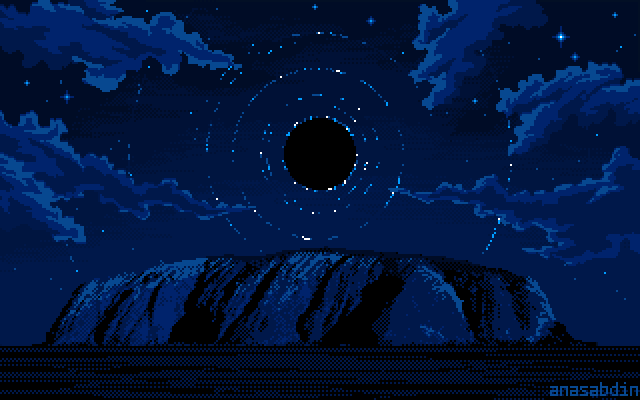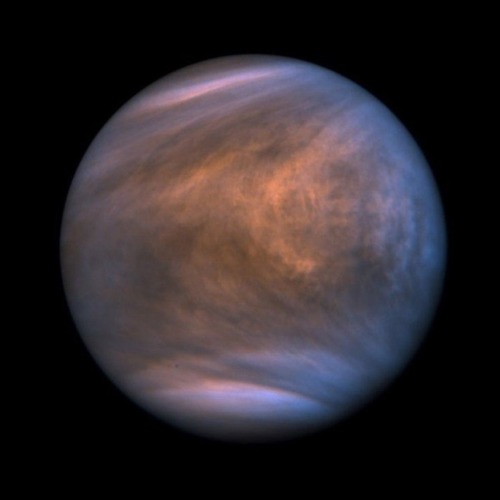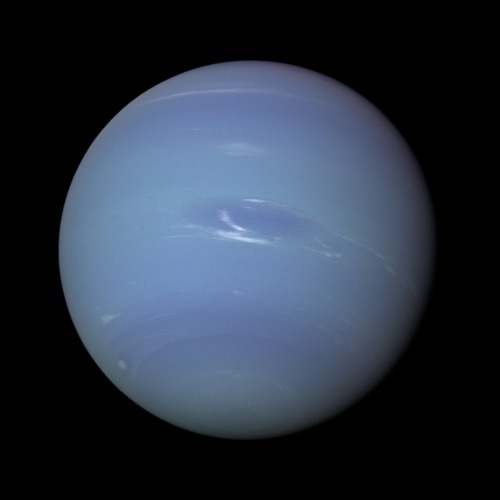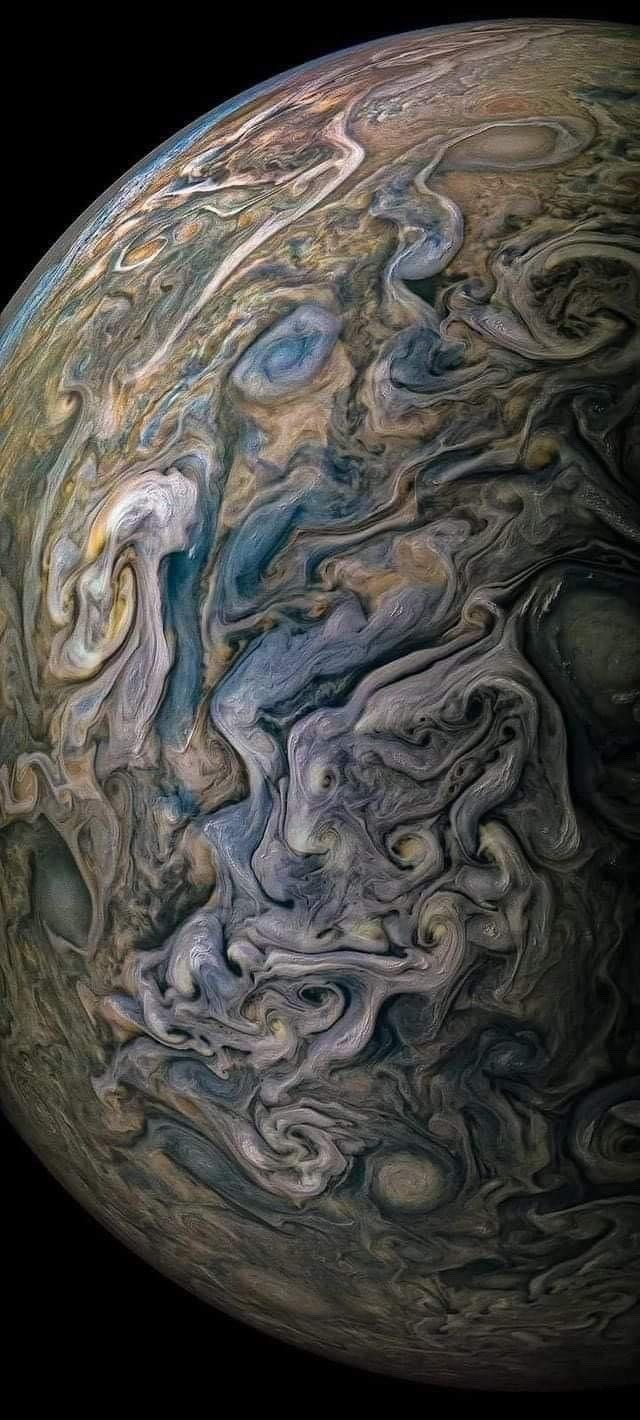Zeta Ophiuchi: A Star With A Complicated Past Via NASA Https://ift.tt/78Esywl

Zeta Ophiuchi: A Star With a Complicated Past via NASA https://ift.tt/78Esywl
More Posts from Of-finite-jurisdiction and Others
Comparing the rotations of objects in the Solar System. Just look at them lol.✨🪐
To everyone that's confused, the planet Venus rotates very very slowly, with a single revolution taking about 243 Earth days, and Mercury rotates slowly, but not as slow as Venus.


Spiral Galaxy NGC 2841 : A mere 46 million light-years distant, spiral galaxy NGC 2841 can be found in the northern constellation of Ursa Major. This deep view of the gorgeous island universe was captured during 32 clear nights in November, December 2021 and January 2022. It shows off a striking yellow nucleus, galactic disk, and faint outer regions. Dust lanes, small star-forming regions, and young star clusters are embedded in the patchy, tightly wound spiral arms. In contrast, many other spirals exhibit grand, sweeping arms with large star-forming regions. NGC 2841 has a diameter of over 150,000 light-years, even larger than our own Milky Way. X-ray images suggest that resulting winds and stellar explosions create plumes of hot gas extending into a halo around NGC 2841. via NASA

RS Puppis, one of the brightest Cepheid variable stars © Hubble
the new composite james webb image is so beautiful ive been staring at it for 10 minutes straight

featuring jupiters rings, europa (along with a bunch of other moons), the northern and southern auroras, and the great red spot

Jupiter Rotates : Observe the graceful twirl of our Solar System’s largest planet. Many interesting features of Jupiter’s enigmatic atmosphere, including dark belts and light zones, can be followed in detail. A careful inspection will reveal that different cloud layers rotate at slightly different speeds. The famous Great Red Spot is not visible at first – but soon rotates into view. Other smaller storm systems occasionally appear. As large as Jupiter is, it rotates in only 10 hours. Our small Earth, by comparison, takes 24 hours to complete a spin cycle. The featured high-resolution time-lapse video was captured over five nights earlier this month by a mid-sized telescope on an apartment balcony in Paris, France. Since hydrogen and helium gas are colorless, and those elements compose most of Jupiter’s expansive atmosphere, what trace elements create the observed colors of Jupiter’s clouds remains a topic of research. via NASA
SNOOPY IS BACK FROM THE MOON


Uluru blackh●le rise, me, pixel art, 2022



Venus, Callisto (Jupiter’s moon), Neptune





The Clearest Images of Jupiter ever taken
These beautifully real images are some of the closest images of Jupiter. Jupiter is the fifth planet from the Sun and the largest in the Solar System. It is a gas giant with a mass more than two and a half times that of all the other planets in the Solar System combined, but slightly less than one-thousandth the mass of the Sun. The original image was captured by JunoCam, the camera on NASA's Juno mission in orbit around Jupiter. This image was taken on Juno's 22nd close pass by Jupiter on Sept. 12, 2019 with image processing done by Prateek.
📸: NASA's Juno Space Probe / JunoCam
-
 kyrillas reblogged this · 2 years ago
kyrillas reblogged this · 2 years ago -
 bigheartsandpartialinsomniacs liked this · 2 years ago
bigheartsandpartialinsomniacs liked this · 2 years ago -
 txjock60 liked this · 2 years ago
txjock60 liked this · 2 years ago -
 patroclus-lives reblogged this · 2 years ago
patroclus-lives reblogged this · 2 years ago -
 patroclus-lives liked this · 2 years ago
patroclus-lives liked this · 2 years ago -
 ouestmonfeu liked this · 2 years ago
ouestmonfeu liked this · 2 years ago -
 phineasferb liked this · 2 years ago
phineasferb liked this · 2 years ago -
 katabelle reblogged this · 2 years ago
katabelle reblogged this · 2 years ago -
 53akandr76 liked this · 2 years ago
53akandr76 liked this · 2 years ago -
 mo-mo-bk liked this · 2 years ago
mo-mo-bk liked this · 2 years ago -
 egocentia liked this · 2 years ago
egocentia liked this · 2 years ago -
 mlchulo liked this · 2 years ago
mlchulo liked this · 2 years ago -
 wildwarrior010 liked this · 2 years ago
wildwarrior010 liked this · 2 years ago -
 vintagedreamweaver liked this · 2 years ago
vintagedreamweaver liked this · 2 years ago -
 shallotshortie reblogged this · 2 years ago
shallotshortie reblogged this · 2 years ago -
 shallotshortie liked this · 2 years ago
shallotshortie liked this · 2 years ago -
 louwitcher reblogged this · 2 years ago
louwitcher reblogged this · 2 years ago -
 louwitcher liked this · 2 years ago
louwitcher liked this · 2 years ago -
 cellul0id reblogged this · 2 years ago
cellul0id reblogged this · 2 years ago -
 autistic-zombie liked this · 2 years ago
autistic-zombie liked this · 2 years ago -
 thatdamnokie reblogged this · 2 years ago
thatdamnokie reblogged this · 2 years ago -
 vanessanyx liked this · 2 years ago
vanessanyx liked this · 2 years ago -
 whisperingzeltus reblogged this · 2 years ago
whisperingzeltus reblogged this · 2 years ago -
 whisperingzeltus liked this · 2 years ago
whisperingzeltus liked this · 2 years ago -
 cebu-in-space reblogged this · 2 years ago
cebu-in-space reblogged this · 2 years ago -
 demonchib liked this · 2 years ago
demonchib liked this · 2 years ago -
 xxmimirxx liked this · 2 years ago
xxmimirxx liked this · 2 years ago -
 monkeysheinz liked this · 2 years ago
monkeysheinz liked this · 2 years ago -
 thesurrealestateagent reblogged this · 2 years ago
thesurrealestateagent reblogged this · 2 years ago -
 thesurrealestateagent liked this · 2 years ago
thesurrealestateagent liked this · 2 years ago -
 jazka65 liked this · 2 years ago
jazka65 liked this · 2 years ago -
 nicksand reblogged this · 2 years ago
nicksand reblogged this · 2 years ago -
 of-finite-jurisdiction reblogged this · 2 years ago
of-finite-jurisdiction reblogged this · 2 years ago -
 orangefuckingjuice liked this · 2 years ago
orangefuckingjuice liked this · 2 years ago -
 strstruckcomiccsanimeoperator liked this · 2 years ago
strstruckcomiccsanimeoperator liked this · 2 years ago -
 gajadaganja reblogged this · 2 years ago
gajadaganja reblogged this · 2 years ago -
 garashircanon liked this · 2 years ago
garashircanon liked this · 2 years ago

Finn OFJ’s space blog. Do you love space?? you better. or else
39 posts